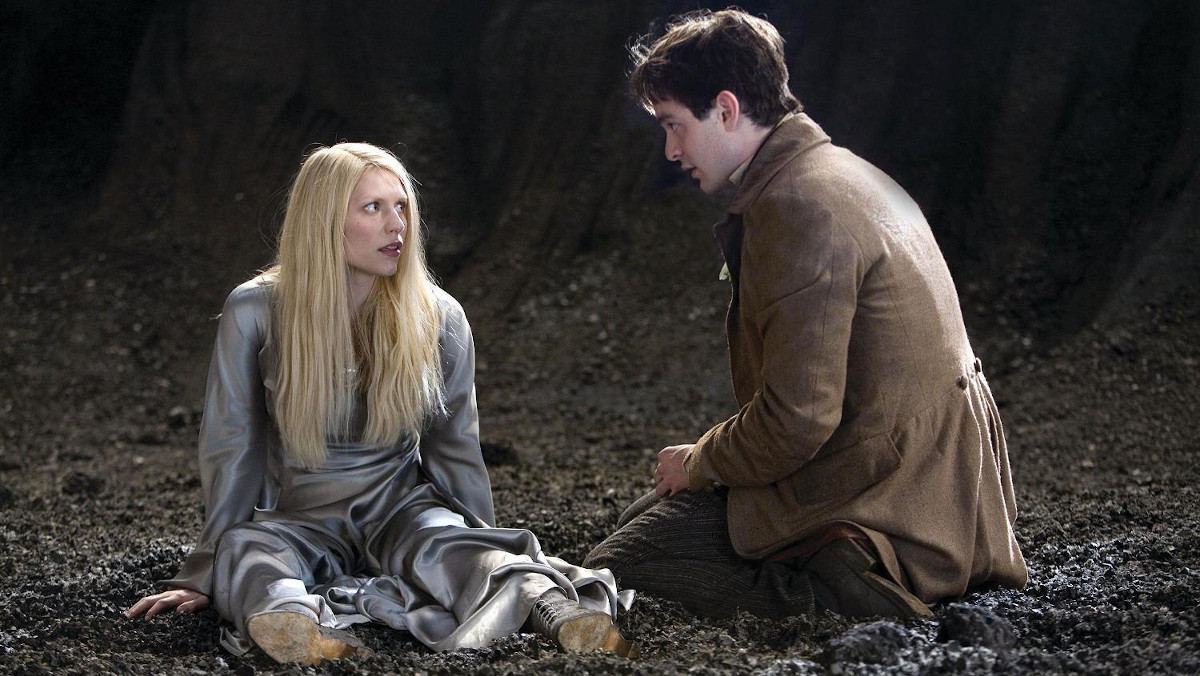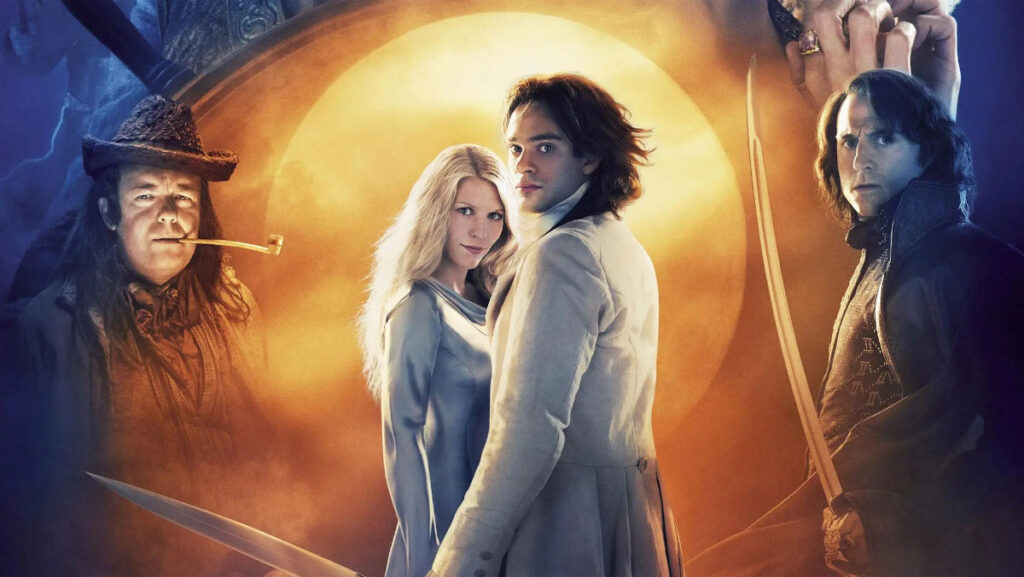If you look at the type of fantasy stories being greenlit for film and television these days, you can see a trend. From Game of Thrones to Shadow and Bone, the industry seemingly prioritizes extensive world-building and long lists of characters. Basically, if it’s not based on a book pr series with pages of reference maps, it hardly stands a chance. And it’s easy to then make the assumption that this is the only kind of fantasy story audiences want. But films like Stardust (and its illustrious predecessor, The Princess Bride) make a case for a kinder, gentler interpretation of fantasy. It exists in a space that is comfortingly familiar, borrowing from fairy tales in a way that makes it feel timeless rather than trendy. This setting helps it find new audiences with each passing year.
Game of Thrones famously proved that mainstream viewers would be not just able, but willing to follow a complicated fantasy storyline. The series weaved plots across different realms featuring as many characters as there are stars in the sky. But still, there’s something to be said for the accessibility factor of a film like Stardust. It takes place in a world that’s almost normal. The protagonist, Tristan (Charlie Cox), lives in a small English village in the nondescript past. A fantasy realm exists beyond the wall that borders his sleepy town, one containing witches, magic, and anthropomorphic falling stars. Unusual and fanciful, to be sure, but nothing audiences used to childhood fairy tales couldn’t to wrap their heads around.
Because there’s a low barrier to entry, it opens Stardust up to a broader array of viewers. And furthermore, the fact that it relies on a traditional hero’s journey without needing to introduce many alien concepts allows it to jump right into the narrative. This gives audiences the opportunity to explore its world organically. The same is true of The Princess Bride. It follows a fairy tale format with just occasional flourishes of the magical or otherworldly.
Although these qualities may not have made Stardust or The Princess Bride immediate hits from a box office perspective (both had modest receptions upon their initial release), they are perhaps the very thing that has allowed them to develop a cult following. Many other fantasy films of the past 20 years feel like studio’s efforts to capitalize on other successes. After Harry Potter and The Lord of the Rings released in 2001, everyone was chasing the next big fantasy hit.
The Golden Compass feels like an act of desperation. And The Chronicles of Narnia films never found the audience they were looking for. That series slowly petered out with diminishing returns as each new film released. Those movies were made in an effort to meet a very specific cultural moment, but they weren’t built to last.
Likewise, Game of Thrones was a pop culture juggernaut while it aired. However, it’s almost shocking how quickly it fell out of the zeitgeist as soon as the series finale dropped. In comparison, Stardust has undeniable legs. That’s due in large part to the understated and gentle universality of its storyline.

Tristan is an ordinary young man who goes on an adventure and discovers the extraordinary within himself. That’s one of the most classical narratives there is. It’s one that doesn’t require a complicated or overwrought fantasy world to support it. It’s the cinematic equivalent of clean, simple lines in architecture, and it’s something that Neil Gaiman in particular excels at. Indeed, part of the growing interest in Stardust since its initial release is likely related to the author’s increase in popularity in recent years. We’ve seen other new adaptations of his other work, including Good Omens, American Gods, and The Sandman.
But more than anything, it shows that Gaiman’s and William Goldman’s (who wrote The Princess Bride) approach to fantasy appeals to a wide swath of audiences. They understand you can use a fantasy backdrop to tell funny, romantic, and eccentric stories, stretching the traditional limits of the genre. And in doing so, they are able to draw in viewers who might otherwise avoid fantasy all together.
Fantasy films have gotten a pretty substantial PR makeover in recent years. Elves and dwarves and magical lands aren’t just for the Dungeons & Dragons crowd anymore. But while the genre has made significant strides in proving its viability in terms of box office appeal, the burgeoning cult support of Stardust makes the argument that we shouldn’t abandon Fantasy Lite. Its warmth and creativity offer a modern interpretation of classic fairy tale fodder. And that has a lasting emotional impact on audiences. Although more traditional Lord of the Rings-style fantasy films may be splashier, movies like Stardust have a unique charm all their own.

